Shade Ground Cover Plants for Your Yard
Are you looking to transform the shaded areas of your yard into a lush, vibrant paradise? The key to achieving this lies in selecting the right shade ground cover plants. These remarkable plants not only beautify your yard but also provide a host of benefits, from preventing soil erosion to reducing maintenance.
Understanding the Importance of Shade Ground Cover
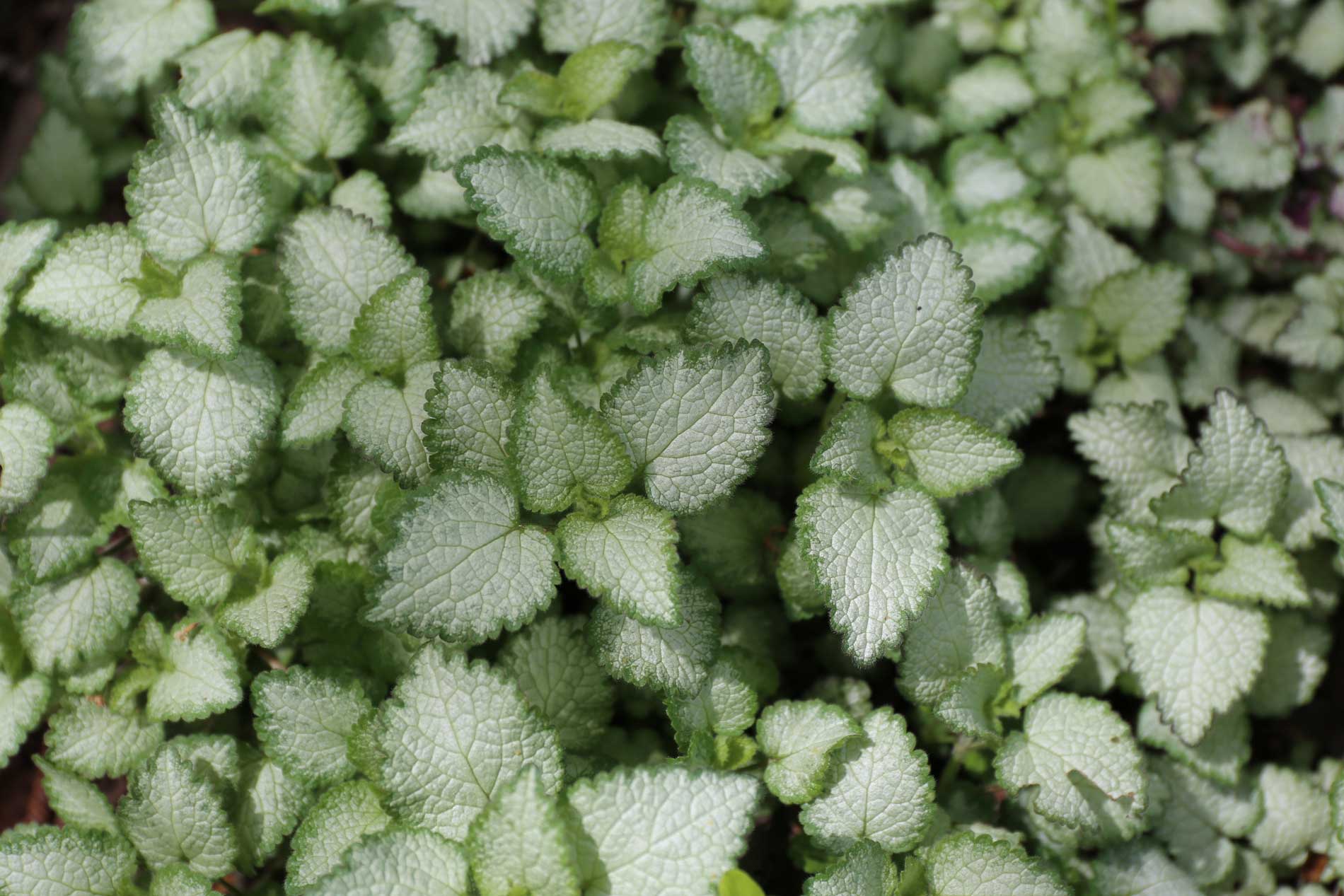
Shade ground cover plants are an essential addition to any garden or yard, especially if you have areas that receive limited sunlight. They serve multiple purposes, making them an invaluable asset for your landscaping projects. Let’s dive into why these plants are essential for your yard.
1. Erosion Control
One of the primary functions of shade ground cover plants is to control soil erosion. When heavy rain or wind hits your yard, bare soil can easily wash away. Ground cover plants create a protective barrier, preventing erosion and helping your soil stay in place.
2. Weed Suppression
We all know the constant battle against weeds in our yards. Shade ground cover plants act as a natural weed suppressant. Their dense foliage and root systems outcompete weeds for sunlight and nutrients, reducing the need for chemical weed control.
3. Temperature Regulation
Shaded areas in your yard tend to be cooler, and ground cover plants help maintain these lower temperatures. This not only provides a more pleasant environment for outdoor activities but also conserves water, as cooler soil retains moisture better.
4. Aesthetic Appeal
Of course, aesthetics are vital when landscaping. Shade ground cover plants come in various shapes, sizes, and colors, allowing you to create a visually pleasing garden that complements the rest of your landscape.
Choosing the Right Shade Ground Cover Plants
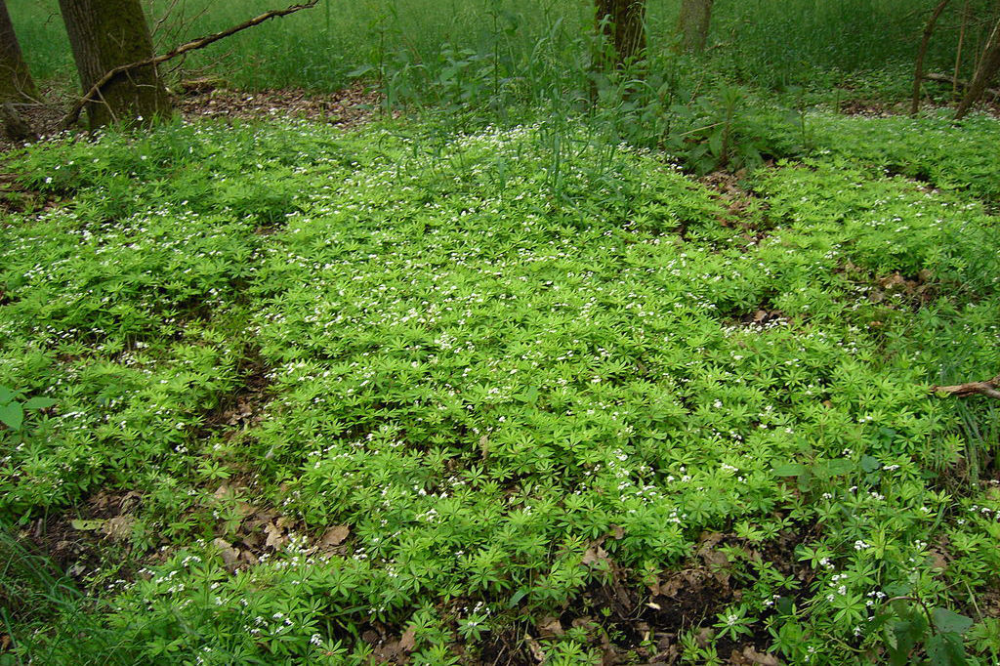
Selecting the perfect shade ground cover plants for your yard can be a rewarding experience. Consider the following factors when making your choices:
1. Light Requirements
Even in the shade, some ground cover plants require more light than others. Make sure you assess the light conditions in your yard accurately. Some species thrive in dappled shade, while others can tolerate deep shade.
2. Growth Habit
Different ground cover plants have varying growth habits. Some spread rapidly and form a thick carpet, while others are clump-forming. Choose a species that suits your preferences and space available.
3. Maintenance Level
If low maintenance is your goal, opt for shade ground cover plants that don’t require frequent trimming or care. Some ground covers are hardy and resilient, making them perfect for busy homeowners.
4. Native Plants
Consider using native shade ground cover plants as they are well-suited to your local climate and can attract native wildlife. This promotes biodiversity and supports the ecosystem.
Top Shade Ground Cover Plant Choices
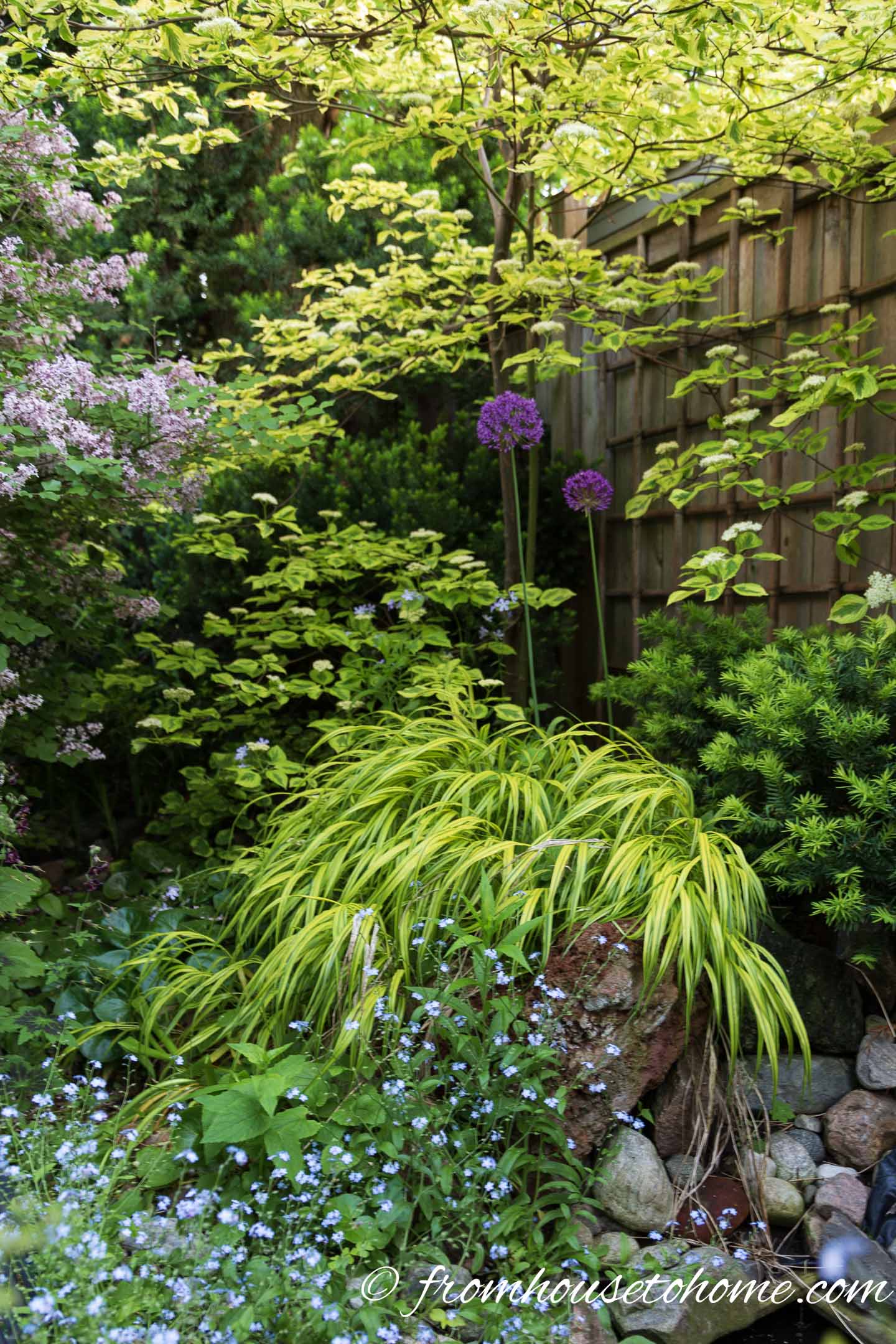
Now that you understand the importance of shade ground cover plants and what to look for when choosing them, let’s explore some top choices for your yard:
1. Pachysandra (Pachysandra terminalis)
Pachysandra is a popular choice for shade ground cover. It forms a dense carpet of glossy green leaves and is perfect for edging or underplanting trees. It’s low-maintenance and tolerates a variety of soil types.
2. Liriope (Liriope spicata)
Liriope, also known as monkey grass, is a hardy and adaptable shade ground cover plant. It produces attractive, grass-like foliage and small, delicate flowers. It’s an excellent choice for borders and slopes.
3. Hosta (Hosta spp.)
Hostas are prized for their beautiful foliage, which comes in a range of colors and patterns. They thrive in shade and add a touch of elegance to any garden. Keep in mind that some hosta varieties can be deer-resistant, a valuable feature for many homeowners.
4. Ajuga (Ajuga reptans)
Ajuga, or bugleweed, is a low-growing perennial that’s well-suited for shady areas. It features attractive foliage and spikes of blue, purple, or white flowers in the spring. It’s perfect for ground cover and can even tolerate some foot traffic.
Planting and Caring for Shade Ground Cover
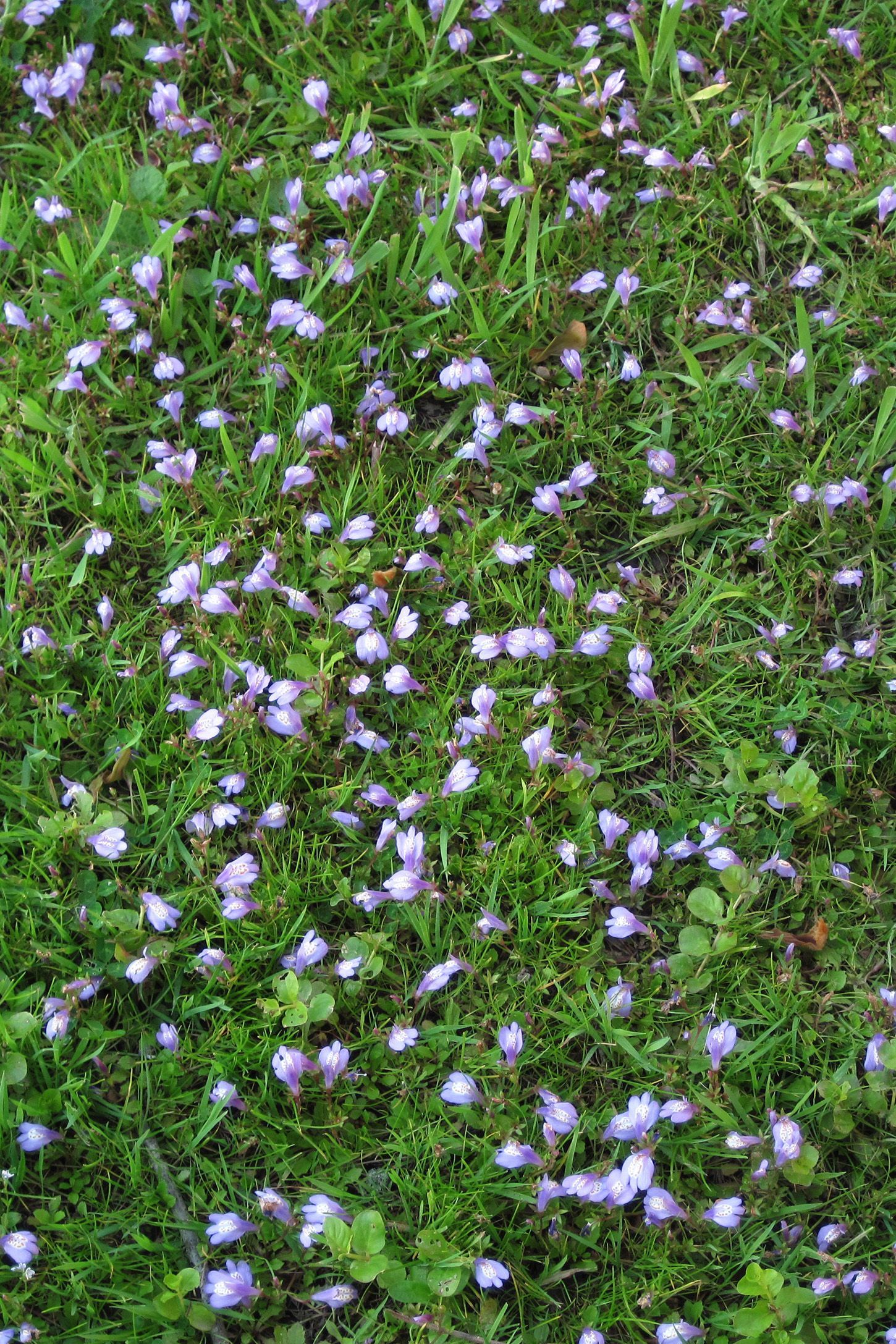
Planting your chosen shade ground cover plants is a crucial step in ensuring a thriving garden. Here are some essential tips to help you get started:
1. Soil Preparation
Before planting, prepare the soil by amending it with organic matter. This will enhance drainage and provide essential nutrients for your plants.
2. Proper Spacing
Follow the recommended spacing guidelines for your chosen ground cover plants. Proper spacing allows them to establish themselves without overcrowding, which can lead to disease and poor growth.
3. Watering
In the initial stages after planting, make sure your shade ground cover plants receive adequate water. Once established, they will be more drought-tolerant, but regular watering is still necessary during dry spells.
4. Mulching
Apply a layer of mulch around your ground cover plants to help conserve moisture and suppress weeds. Mulch also enhances the overall appearance of your garden.
5. Pruning and Maintenance
Some ground cover plants benefit from occasional pruning or thinning to maintain their shape and health. Be sure to follow specific care instructions for your chosen species.
Frequently Asked Questions (FAQ)
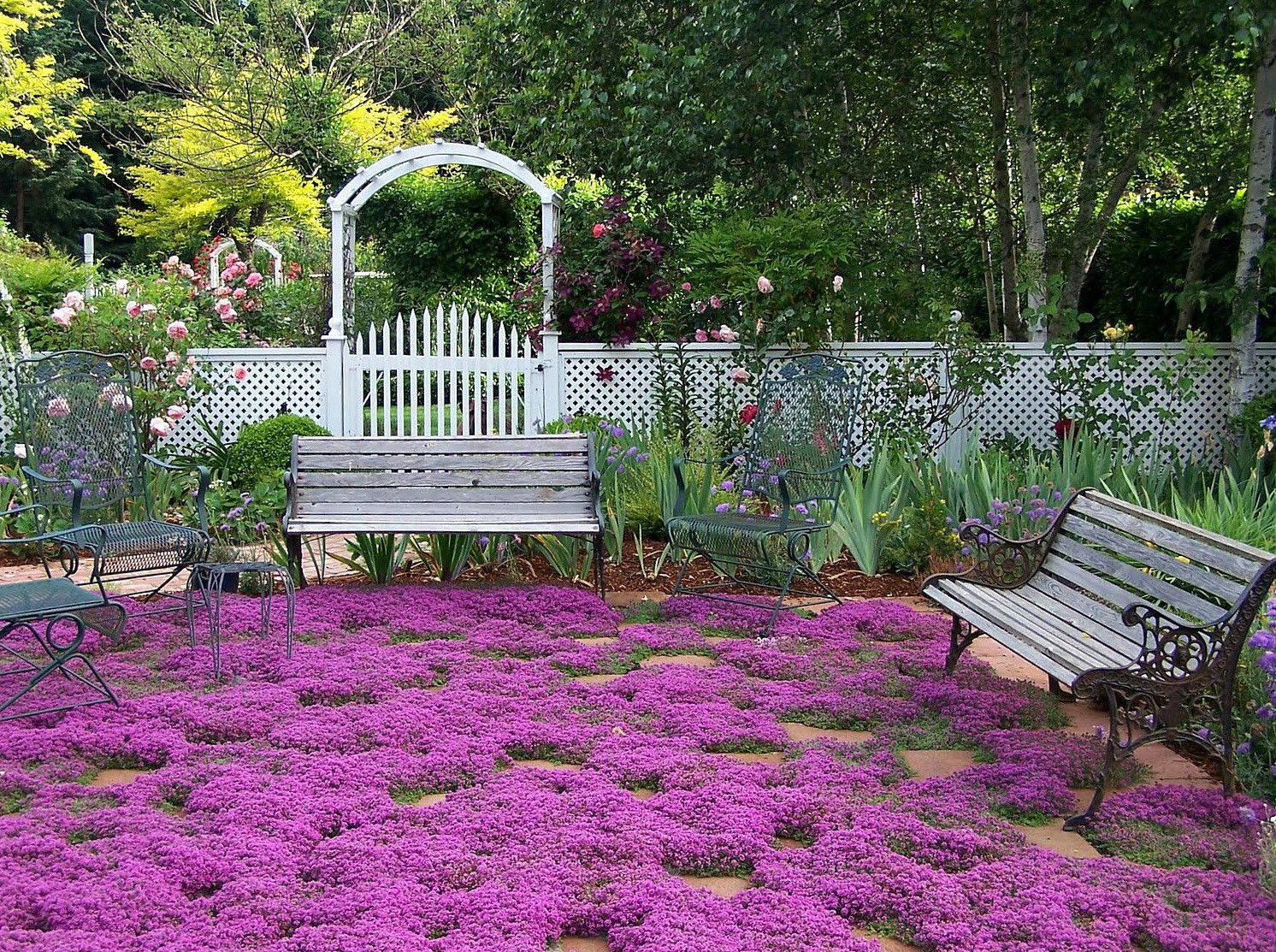
Q1: Can shade ground cover plants grow in deep shade?
A1: Yes, some shade ground cover plants can thrive in deep shade, but their growth may be slower compared to those in dappled shade. Be sure to choose species that are well-suited to the light conditions in your yard.
Q2: Are there shade ground cover plants that bloom throughout the year?
A2: While many shade ground cover plants produce seasonal blooms, some, like Bishop’s Weed (Aegopodium podagraria), can provide year-round interest with their variegated foliage.
Q3: Do shade ground cover plants attract wildlife?
A3: Yes, shade ground cover plants, especially native species, can attract birds, insects, and other wildlife to your yard. They can serve as a valuable food source and habitat for local wildlife.
Q4: How do I prevent invasive ground cover plants from taking over my yard?
A4: To prevent invasive ground cover plants from spreading, choose non-invasive species, and regularly monitor your garden for any signs of aggressive growth. Promptly remove any unwanted plants.
In conclusion, choosing the right shade ground cover plants is a crucial step in enhancing the beauty and functionality of your yard. These plants offer various benefits, from erosion control to weed suppression, and they can transform even the shadiest areas into inviting and picturesque spaces. With the right selection and care, your yard can become a thriving oasis of greenery and tranquility.
tag
- chicken feed
- how to Keep Chickens Off Your Porch
- How to grow oyster mushrooms at home
- Growing Kale in Pots
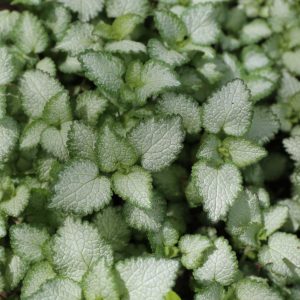
No Responses